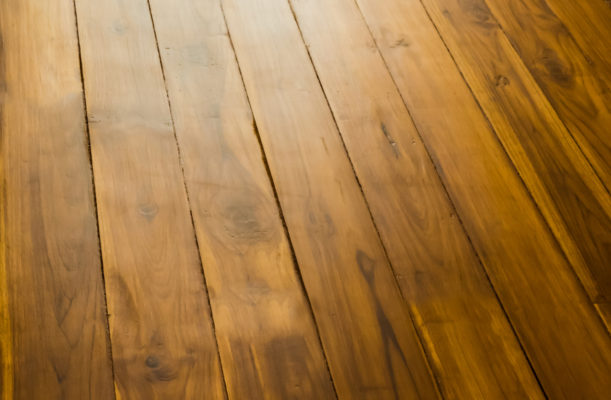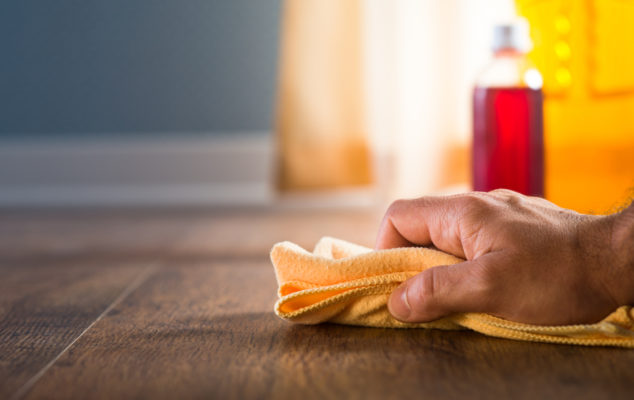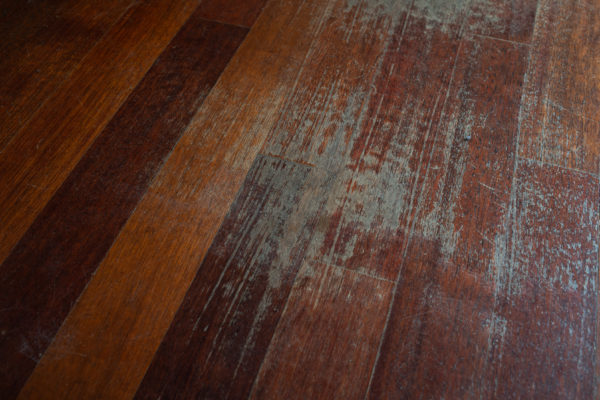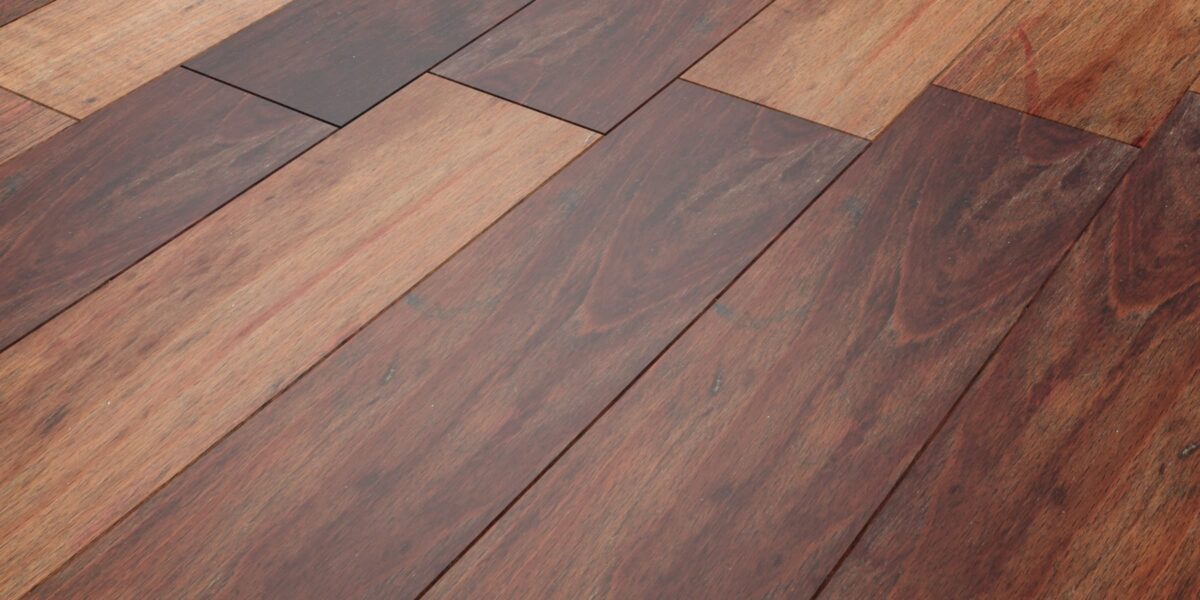Flooring Tips
Great Tips on How to Repair Scratches on Hardwood Floors
Hardwood floors are one of the most popular flooring options out there, largely because of the unique combination of comfort and class they bring to spaces. Not only can they help create a warm and natural ambiance for your home, but they are also incredibly aesthetic, and can easily add a sense of elegance to any household. That elegance is hard to maintain if there are scratches marking up your floors, so we put together these tips on how to mend your flooring if it gets scratched.
Hardwood floors can be scratched in a variety of different ways, for example, moving furniture across the floors or walking on it with high heel shoes. Untreated, the scratches can quickly diminish their appeal and beauty. Depending on the level of damage, sanding and refinishing are not your only options to remove them. Hardwood flooring is available in a range of colours and designs- from rustic distressed to contemporary modern. There are a variety of ways you can maintain your hardwood, making sure it retains its strong and luxurious appearance for years. You can choose to stain them, wash them, and replace them as much as you want. Unfortunately, at the end of the day, it is difficult to entirely avoid the possibility of visible scratches to your hardwood. Being made of wood, they are certainly susceptible to scuffs, gouges, and scratches, but that doesn’t mean there’s nothing you can do about it.

Repairing Superficial Scratches
A superficial scratch is one that only affects the finish of the floor. Your first option for treating this kind of scratch is to use an easy DIY method that only requires two things you are likely to have on hand: apple cider vinegar and olive oil. Combine the two and apply them to the scratch. Allow it to sit for several hours before wiping it away. If you don’t see an improvement, follow these steps to fix the scratch.:
- Clean the scratched area. To make sure there’s no dust or grime on the floor, use a soft cloth and some hardwood floor cleaner.
- Wipe away any remaining cleaner with a damp cloth. Allow to dry.
- To fill in the scratch, rub a wax stick over the scratch to fill it in. If necessary, use a plastic putty knife to push the wax down into the scratch. Wood waxes are available in a variety of colors, including clear.
- Buff the scratch away. Using a clean, soft cloth, rub back and forth over the scratched surface to remove wax residue. Through this process, the floor will be polished, removing excess wax and restoring shine. Note: Do not use wax sticks or apply a wax coating of any kind on polyurethane floors! These floors are not made with wax applications in mind, so be sure to research the appropriate material for buffing your floors.

Repairing Minor Scratches
A minor scratch is one that has gone through the protective top layer of wood and into the wood beneath it. Follow these steps to help fix or reduce a minor scratch:
- Clean the surface. Use a high-quality wood cleaner to remove any dirt from the surface.
- Use steel wool on the scratch. Only lightly rub the damaged area, and be cautious to go only with the grain of the wood. Rubbing across the grain will make the scratches more apparent. Remove the scratch by lightly rubbing it with steel wool. Buff the scratch until it is gone, but keep your eyes on whether the damage is becoming more or less visible.
- Use a wax stick to cover the marks. Apply a wax stick to the scratches and leave it on for at least ten minutes.
- Buff the area with a clean, soft cloth to make it shine.
- If you don’t have glossy polyurethane on your floor, apply a paste wax after the wax stick. This will make the scratches less noticeable. Then, once more, smooth out the scratches by buffing them.

Repairing Deep Scratches and Gouges
Deep scratches and gouges in a hardwood floor are more difficult to repair and require more care and precision. Damages like these will need to be sanded, replaced, or refinished. In this situation, you have two options.
Refinish the Entire Floor
If a large portion of your floor is covered in scratches and gouges, this is a good option. Scratches can be removed with a complete sanding, preferrably by a professional. Keep in mind that it will only work on real wood floors. If you have an engineered wood floor with a real wood surface, be sure it has never been sanded before. These floors cannot be sanded more than once or twice before all of the real wood is sanded off. It is highly advised to let a professional take care of this for you unless you have experience and are comfortable with doing it yourself.
Refinish Parts of the Floor
- To remove scratches from polyurethane coating, use a scouring pad with mineral spirits.
- Gently rub the scratch with the scouring pad.
- Allow it to dry and wipe the material off of your floor.
- Colour match wood putty to your floor, then using a plastic putty knife fill in the damaged area.
- Once the putty has hardened, smooth the area using 150 grit sandpaper
- Now restore the area with the correct type of coating. Blend properly for a smooth and seamless finish.
Many of these refinishing options are best done by a professional, but it is worth noting that many supply stores carry custom kits for everyday individuals to mend their floors. We hope this was helpful and informative. If you have any questions and require guidance on flooring, feel free to reach out to one of our experts at 1 (866) 473-7222 or explore our website for more blogs and information. Flooring Liquidators has a huge selection of hardwood flooring suitable for any home. Contact us today to find floors that work great for you.


